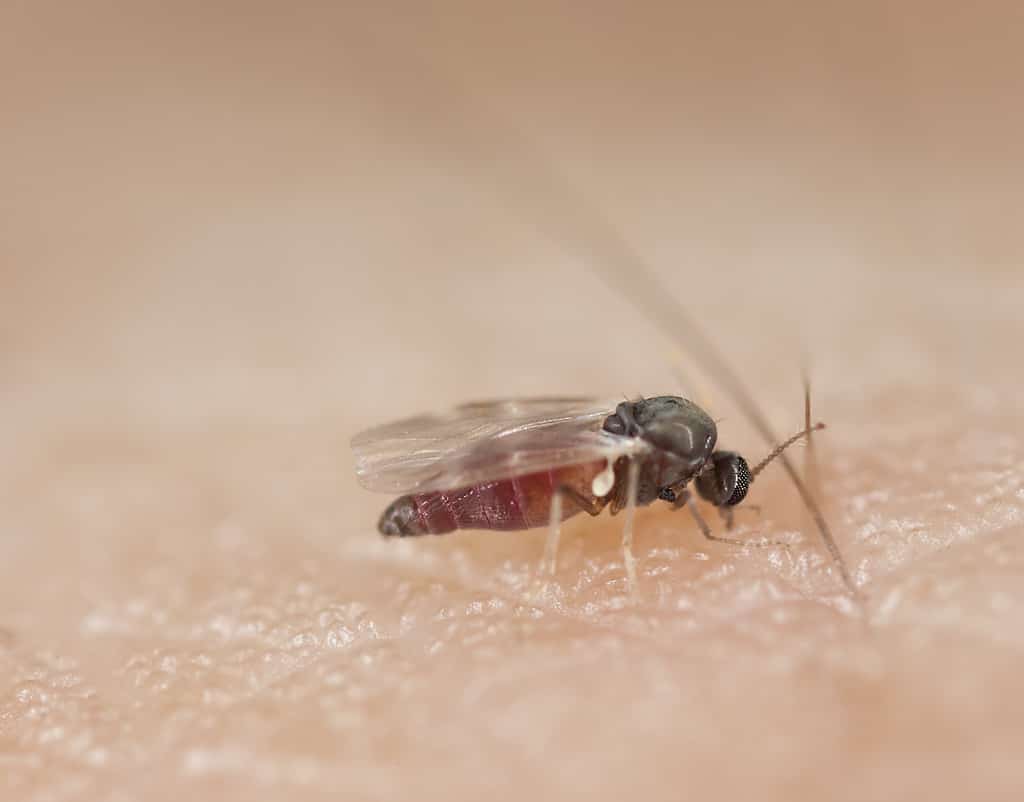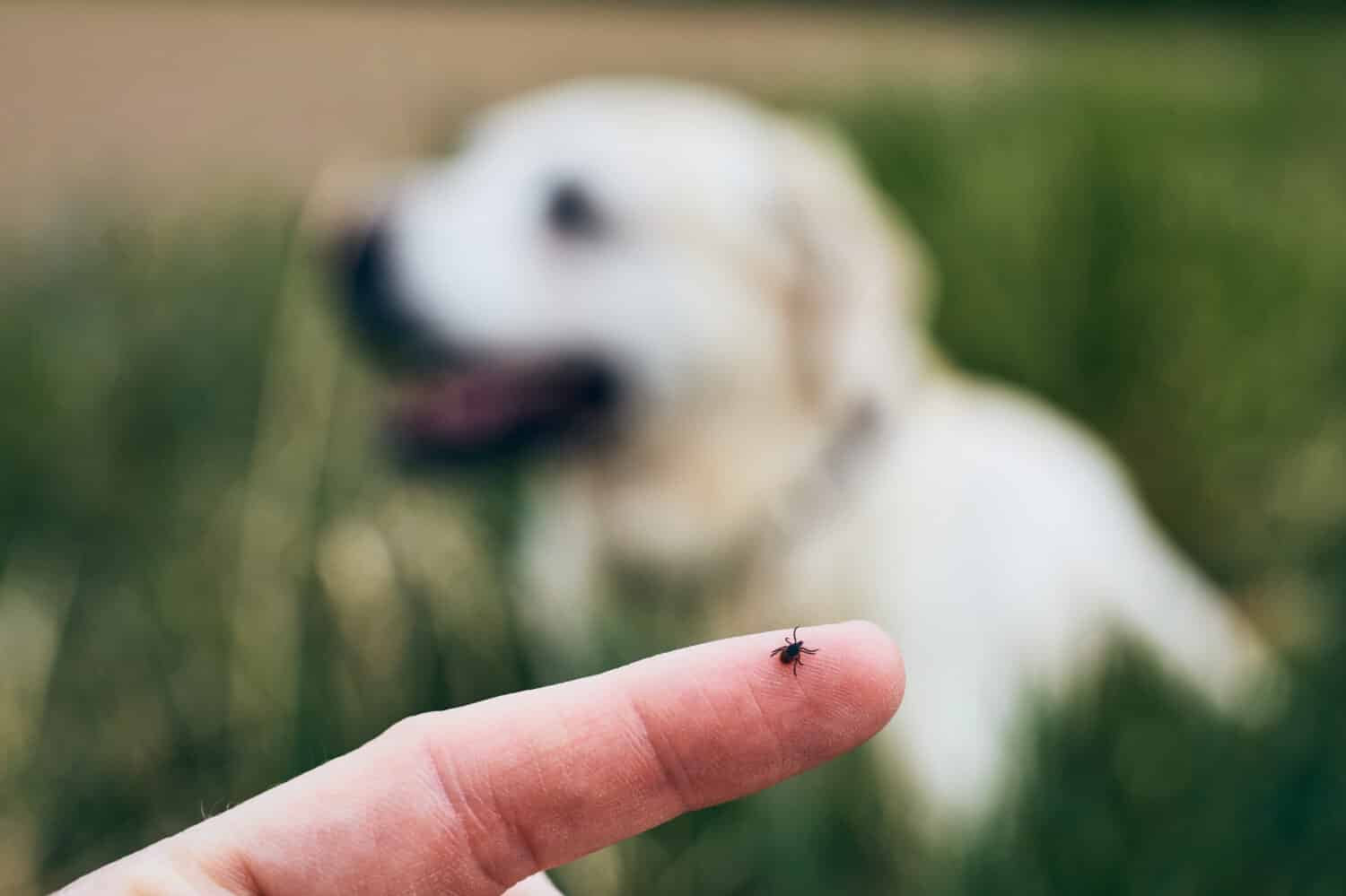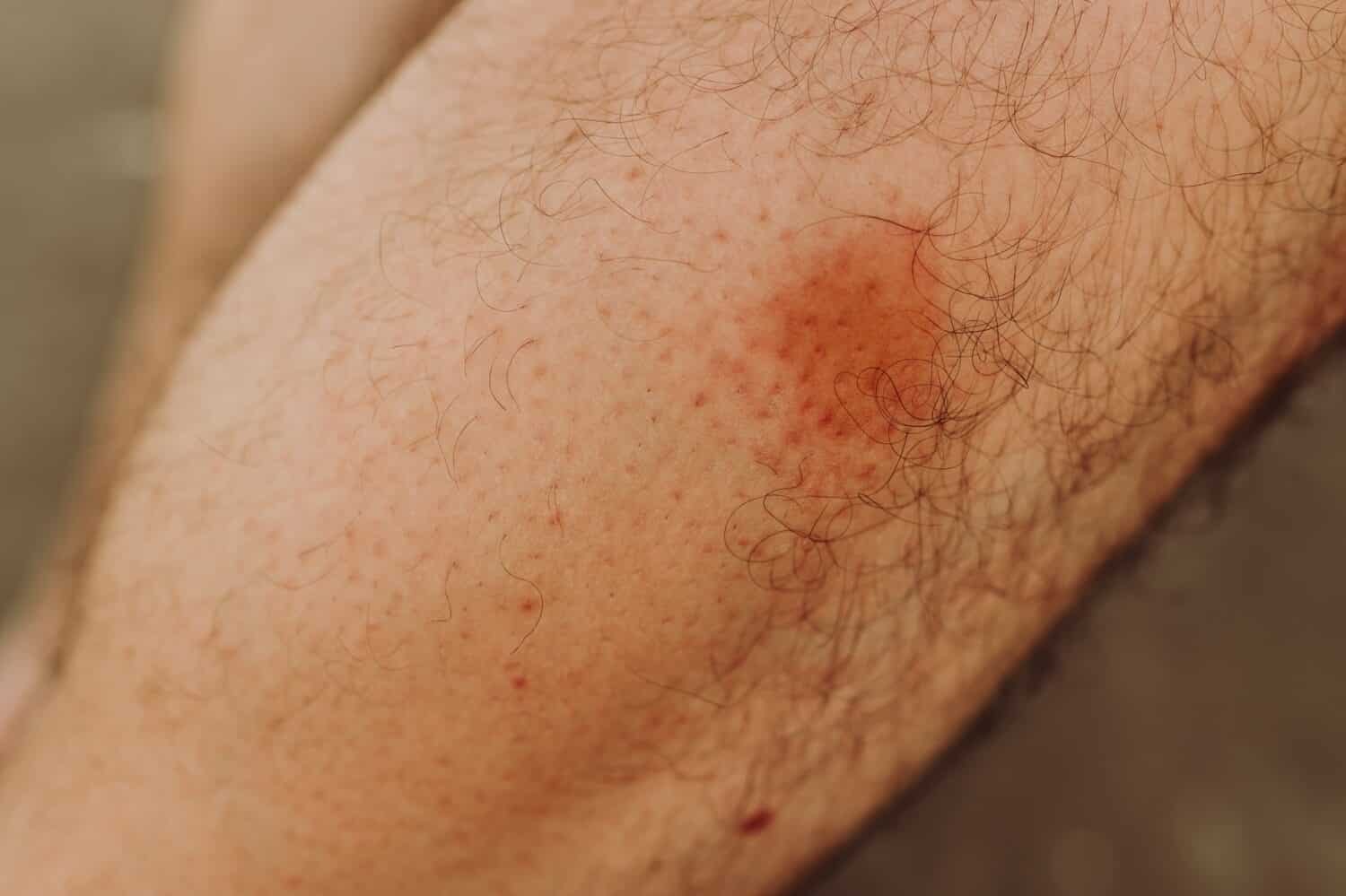As dedicated caretakers of our furry companions, ensuring the safety of our beloved dogs is an unwavering responsibility. However, we cannot overlook the presence of various pests and parasites that lurk in our environment, posing a significant threat to their overall well-being. Black fly bites and tick bites are common irritations that frequently cause confusion and concern. These incidents can result in discomfort and possible health issues for our dear pets. Therefore, it is essential to grasp the differences between these two bites, as it enables us to provide the right treatment and care accordingly.
In this insightful blog post, you will learn about the distinct characteristics of black fly vs. tick bites on dogs, providing you with the knowledge to identify and address each issue correctly. By the end, you will have the essential information to protect your beloved canine companion and ensure their well-being and happiness.
What Does a Black Fly Look Like?

The black fly can suck blood from animals and humans.
©iStock.com/Henrik_L
The black fly is a tiny insect typically measuring 1/3 inch in length, earning its name from the striking glossy black hue that envelops its compact and robust physique. When at rest, this fly elegantly tucks its sizeable transparent wings close to its body. Its unmistakable humpbacked appearance is characterized by a rounded thorax and a subtly pointed abdomen, lending it a distinctive silhouette.
The black fly uses its short antennae and prominent compound eyes, occasionally tinged with dark or reddish hues, for keen sensory perception and sharp vision. With specialized mouthparts for piercing and sucking, these flies efficiently extract nutrients from various animal hosts, including humans.
What Does a Tick Look Like?

Ticks carefully creep along the skin of humans, dogs, and other creatures.
©Jaromir Chalabala/Shutterstock.com
Ticks are small arachnids that feature an oval-shaped body followed by eight legs. They generally have dark brown to black coloration, and certain ticks exhibit distinctive patterns like spots or stripes on their bodies. However, a careful examination unveils notable mouthparts like chelicerae and a hypostome. Ticks can be observed deliberately creeping along the skin surface, showcasing their characteristic slow movement pattern.
The Difference Between a Black Fly vs. Tick Bite

Black fly bites leave swelling and itching at the site of the bite.
©Bits And Splits/Shutterstock.com
Black Fly Bite
The bite of a black fly is caused by the female black fly, a small insect that feeds on blood. These insects are found in various parts of the world, including North America, Europe, and Africa. They are often found near rivers, streams, and other bodies of water. Using their sharp mouthparts, black flies penetrate the skin and feed on blood when they bite.
Black fly bites are notorious for inducing severe itching and swelling at the bite location. Tick bites can cause red bumps or welts on the skin, leading to discomfort and possible allergic reactions. Furthermore, when multiple black fly bites occur, they can potentially result in more significant outcomes, such as the development of larger swollen areas or the formation of blisters.
Tick Bite
On the other hand, a tick bite occurs when these arachnids invade a person’s environment. Ticks, which are part of the spider family, thrive in forested areas, open grass fields, and shrubby landscapes, patiently waiting for a suitable host to provide them with habitat. When an opportune moment arises, ticks insert their proboscis into the skin to extract essential nutrients from the blood of nearby hosts.
Ticks release a numbing agent to hide sensations during their initial attack. However, despite their stealthy approach, ticks grow larger as they feed on the blood of their hosts over time. As a result, most individuals bitten by ticks experience mild irritation and localized redness around the bite site. Individuals with an allergic reaction to tick saliva may exhibit a different response, marked by heightened redness, increased itchiness, and noticeable swelling. Furthermore, tick bites can transmit various diseases, including Lyme disease, babesiosis, and anaplasmosis. Pathogens can be transmitted from infected ticks to the host during feeding.
Side Effects Of Black Fly Bites On Dogs

Discomfort and pain are side effects of a black fly bite in dogs.
©iStock.com/IPGGutenbergUKLtd
Redness and swelling: After a black fly bite, the affected area on a dog’s body can exhibit symptoms such as swelling, redness, and inflammation. It is essential to note that the level of inflammation experienced by the dog may differ based on their sensitivity to the bite.
Itching: Your dog will experience intense itching that leads them to excessively scratch or lick the affected area. This can result in hair loss, open sores, or the potential development of secondary skin infections.
Discomfort and pain: Bites inflicted by black flies can induce pain, resulting in discomfort for dogs. Dogs may exhibit signs of uneasiness, including restlessness or trouble with sleep.
Allergic reaction: Certain dogs may have allergies to black fly bites, leading to more noticeable symptoms. These symptoms may include hives, facial swelling, and difficulty breathing. In severe cases, black fly bites can lead to anaphylaxis, a critical and potentially life-threatening allergic reaction.
Side Effects Of Tick Bites for Dogs

Ticks carry harmful diseases they can transmit to dogs.
©iStock.com/IgorChus
Tick diseases: Ticks can transmit infections like Lyme disease, ehrlichiosis, anaplasmosis, and babesiosis to dogs. Symptoms vary but can include lethargy, loss of appetite, lameness, fever, joint pain, swollen lymph nodes, and organ damage.
Irritation: Following a tick bite, it is typical for the surrounding area to exhibit redness, swelling, or itchiness. This reaction normally subsides within a few days.
Allergic reaction: Some dogs can experience an allergic reaction to tick saliva. This reaction causes itching, redness, swelling, hives, and difficulty breathing.
Paralysis: Certain ticks, like the female paralysis tick, can produce a neurotoxin affecting dogs’ nervous system. This may lead to symptoms like weakness, difficulty walking, coordination issues, and paralysis starting from the hind legs and spreading further.
Infections: Excessive scratching or irritation of a tick bite site can make it prone to bacterial infections. Therefore, look for signs such as pus, increased redness, swelling, or discharge in the surrounding area.
Treatment for a Dog Black Fly Bite

Your vet may prescribe an antihistamine for your dog after a black fly bite if they have an allergic reaction.
©iStock.com/Yana Tikhonova
- Clean the bite site by gently washing it with unscented soap and warm water to remove dirt to reduce infection.
- Relieve your dog’s discomfort by applying a cold compress to the bite, such as a cold, wet cloth or an ice pack wrapped in a towel. This technique helps reduce swelling and itchiness.
- There are a variety of topical treatments that one can consider using, such as hydrocortisone creams or sprays. These treatments have been specifically designed to alleviate itching and reduce inflammation resulting from insect bites. Ask your vet before using any topical solutions.
- If your dog experiences severe itching or an allergic reaction to a black fly bite, consult your veterinarian for advice. They may recommend antihistamines as a potential solution. However, it’s important to consult your vet before giving any medications to ensure correct dosage instructions based on your dog’s weight and health.
To protect your dog from future black fly bites, take preventive measures. Avoid areas with high black fly populations, use veterinarian-approved insect repellents formulated for dogs, and keep your dog indoors during peak black fly activity. These steps help ensure their safety from unpleasant bites.
Treatment Options for a Dog’s Tick Bite

Most flea and tick collars provide months of protection.
©alexei_tm/Shutterstock.com
- Use fine-tipped tweezers to remove this pest from your dog’s skin safely. Gently grasp the tick near the skin and pull it straight out without crushing or twisting to minimize infection risk.
- Clean the tick bite area with mild soap and warm water to reduce infection risk.
- Preserve the tick in a container for proper identification, as it assists the veterinarian in determining potential diseases carried by the tick. Prioritizing the preservation of the tick specimen is crucial for beneficial diagnostic purposes.
In addition, protect your dog from tick bites by using veterinarian-recommended tick prevention products like topical treatments, tick collars, or oral medications. Follow your veterinarian’s instructions carefully regarding usage and application frequency to ensure maximum effectiveness.
The photo featured at the top of this post is © Jaromir Chalabala/Shutterstock.com
Thank you for reading! Have some feedback for us? Contact the AZ Animals editorial team.







